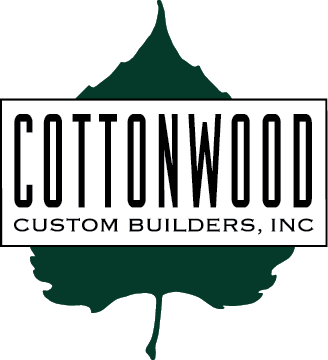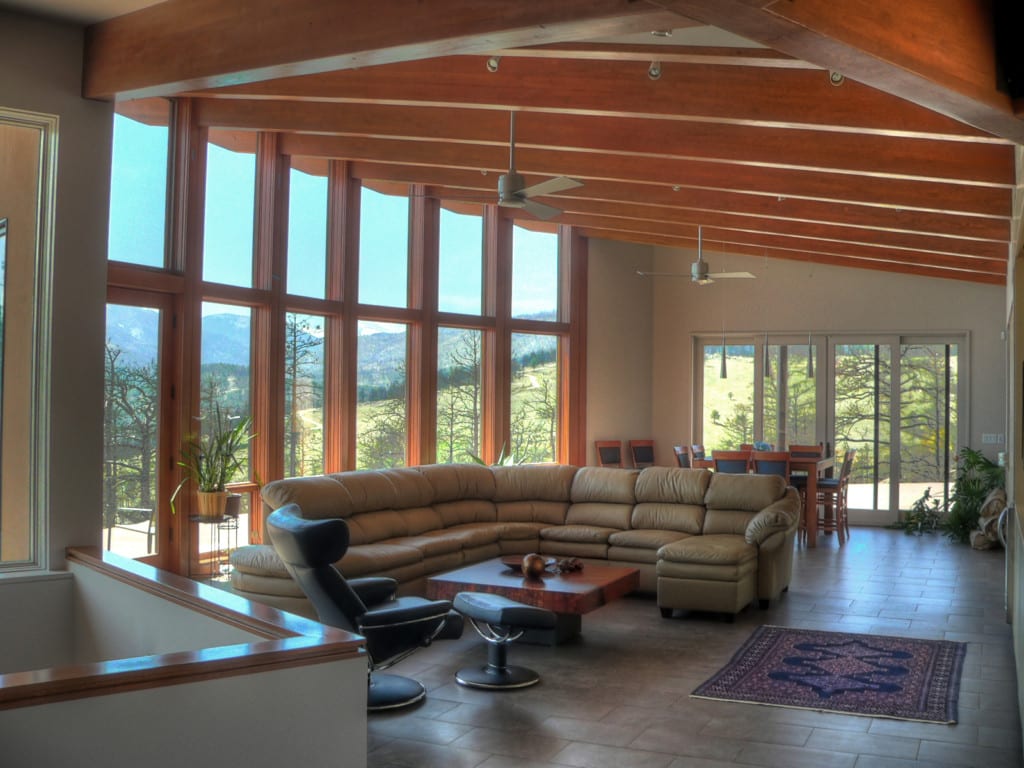Fire Resistant Home Building
While it’s nearly impossible to build a 100% fireproof home, we can significantly reduce the risk of a house burning through strategic construction.
When the Fourmile Canyon fire swept through Boulder in 2010, we saw the destruction and loss first-hand. Determined to do everything we can to protect our homeowners, we immediately educated ourselves on fire resistant home building and have been learning and improving our methods ever since.
Recent disasters such as the Marshall Fire demonstrate that, due to climate change, Colorado’s wildfire risk has increased dramatically. While traditional wisdom used to consider wildfires as a summer threat, we’re discovering that they’re now a year-round danger. Not only that, but they’re spreading into areas that we used to consider low risk, such as developed areas along the Front Range. As we look to the future and foresee an increasingly unstable climate, we know that fire-resistant construction is essential for Coloradans.
Due to our experience re-building homes lost to wildfires and having our homes survive fires, we’ve been featured on a variety of news networks to share our knowledge:
Building Back Better – Fire Resistant Construction interview with The Weather Channel
Boulder County has led the way in implementing fire-resistant code requirements, which include:




